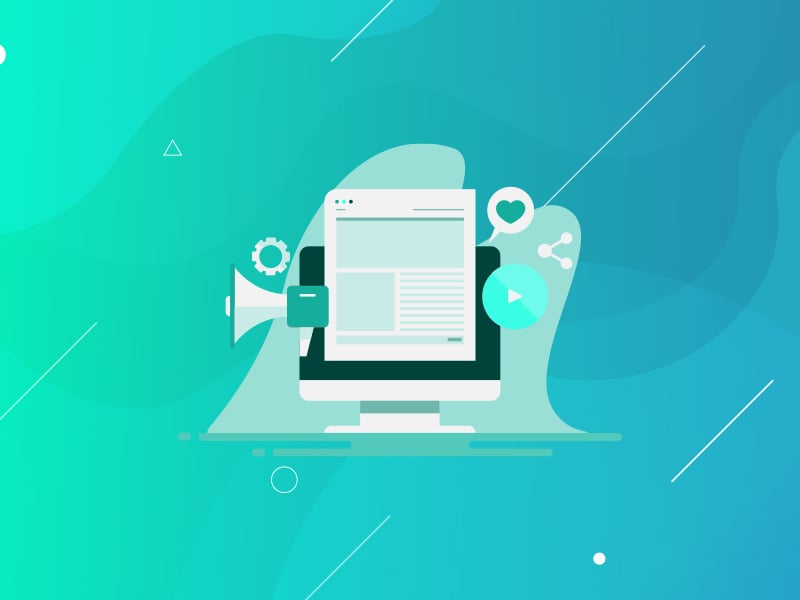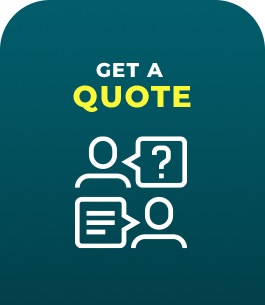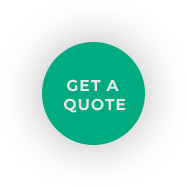What is Content Marketing?
Content marketing is a term used to refer to the process of generating and distributing high-quality content in order to reach an audience with a specific message.
In essence, it is a combination of marketing and journalism – and if done right, a very effective one at that. It offers a more holistic approach to engaging with customers than traditional marketing efforts, because it focuses on creating content rather than promoting a message. It can be a powerful tool for businesses that want to be more transparent with their customers, but can also be a daunting prospect for many smaller businesses.
The best content is designed to address the needs of its intended audience. A good example is a guide on how to set up Google Analytics. This is information that is relevant to a specific segment of Google Analytics users and isn’t just written to impress or make the author look cool.
What is Web Design?
A web designer creates websites.
But the definition is pretty broad, and there is no set path to becoming a web designer. While you may think that a web designer is someone who designs websites and then puts them online, there are web designers who design websites, and then there are designers that build websites. There are designers who create logos, and graphic designers who create brochures. There are even designers who create websites, but these aren’t web designers in the traditional sense.
In any case, creating a website involves more than just designing the look and feel of a website. A well-designed website helps with usability, SEO, user experience, and even conversion. It’s important to take all of these things into consideration. A well-designed website can make or break a company’s website.
We make some damn good websites.
Hit Us UpSo, how does web design impact content marketing?
Content marketing is a lot like web design, which is a lot like SEO… and that’s a problem. Because the people who manage SEO are used to thinking about “design” in terms of websites, they often forget that their efforts should apply to other forms of digital marketing.
When we think about web design, we typically think about things like the way the text is aligned, the color scheme, and the overall look and feel of a page. In short, we’re thinking about visual elements that make an impression and get noticed.
In terms of content marketing, we’re talking about the content that gets noticed and makes an impression. It’s the reason people come back to your site. The content that creates an emotional connection, and the content that gets shared online, and the content that is seen in social media.
As a content marketer, your goal is to attract people to the pages of your site and to keep them there. The way to do that is to create engaging content that helps users complete a goal or solve a problem.
You can’t just throw up some content on your site and expect people to visit it. You need to provide them with something that makes them want to stick around. And that means understanding what drives visitors away and what keeps them engaged.
Web designers and developers create websites that help people solve problems, make decisions, or learn something new. They should be thinking about what a visitor wants and providing that information in the most effective, user-friendly way possible.
For example, take a look at the site of a local restaurant, where the menu is presented as a series of photos and the food is listed in a simple grid format. This makes it easy to navigate and find exactly what you want. The layout is clear and intuitive, and you’ll be able to find your favorite dish quickly and easily.
Good web design can help ensure that the messages you want your audience to hear get through and helps your audience remember what you’re telling them. Good web design also makes your content easy to access, which leads to more time spent viewing your content and more likely purchases.
However, good web design doesn’t just make your content easier to consume; it can also be an active component in your content marketing strategy. The design of your web pages and website can have a significant impact on how people interact with your content.
The right website design can encourage social interactions and conversations with your target audience. These conversations can turn into sales and other brand interactions.
The goal of any web page is to convert visitors into leads, and then to sales.
This is accomplished by building content that is relevant and compelling. Web pages need to be easy to read, so people can find what they’re looking for quickly. And they need to be visually interesting so that people spend time on your site.
In order to drive conversions, a good web page design has to engage with people emotionally as well as intellectually.
When people read your content, they’re hoping that it will make them feel something. The emotions of those feelings influence how they respond to content. A good web page design should be designed to evoke positive or negative responses, and encourage interactions.
It’s also important that the content on your website is useful. It shouldn’t be “information”; it should contain value. A good web page design is optimized to convey the benefits of your offering, and to persuade your audience to take action.
Ultimately, a good web page design makes content marketing easier to accomplish and helps you reach your goals.
Tips for how to layout content on your website:
- Readability - The first step in determining readability is understanding the text on a page. Does it seem readable? Are there any formatting issues that might be causing readability issues?
- Layout - Does the text flow from one section to another? Is it easy to navigate and find what you are looking for? If your website has more than one page, are those pages easy to read and follow?
- Design - Is the font consistent across the page? Is the color scheme consistent? Is the layout intuitive?
- Content - Does the content look like it belongs on the page? Do you need to add information about what the page is about? Does the content provide helpful information that could help users?
- Content Quality - Does it make sense and is it well written?
- Call to Action - Is the CTA consistent across the site? Does it fit with the brand and the rest of the content? Is it consistent with the tone of the page? Does it match the rest of the design of the page?
- Content Length - How long should your content be? Should you be writing short blog posts or longer content that flows across multiple pages?
- Use of Design Features - Do you use visual features like buttons, graphs, maps, videos, or other design elements to help people along the content path?
- Interactivity - Is the site interactive? Is it possible for someone to sign up for a newsletter? Is it possible to share a link? Is there a way to comment on the content?
- Content Type - Is the content primarily text? Is it primarily video? Is it primarily images? Is it predominantly blog posts or is it more of a mix of both?
- Metrics - Is there anything to track? What is your conversion rate? How many people view your site vs. how many people enter the site?
- Navigation - Is it easy to navigate the site? Can the site be used on a mobile device?
- Overall - Are the overall goals of the site met?


